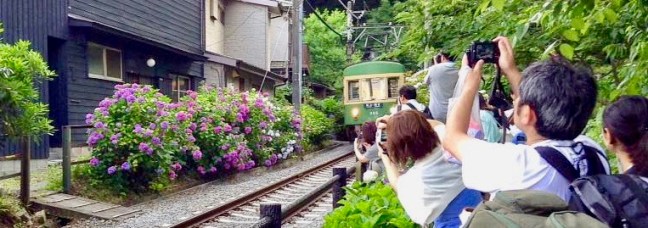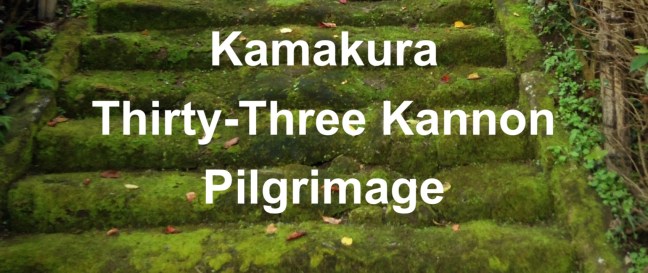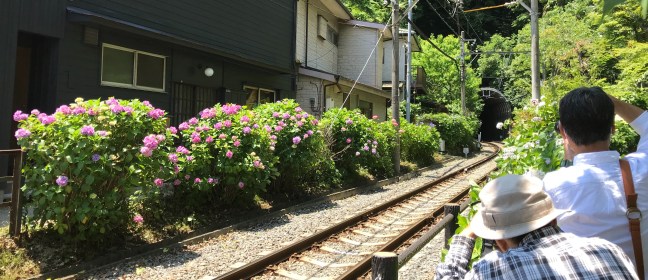Combine three trails into an epic day-long hike around the city
Epic Kamakura Day Hike



Combine three trails into an epic day-long hike around the city
There's no denying it: Rainy season is over (something like 22 days earlier than average!), which means summer is here and it is hot. And humid. And it's going to last at least two months. Of course, we wouldn't have it any other way in a beach town — who wants cool, drizzly summers when … Continue reading Summer in Kamakura

This is an unofficial history, recounted to my husband by his kobudo teacher, who assures us that his memory is correct: ***** Once upon a time, some 40 or 50 years ago, the city of Kamakura had a problem: June — the rainy season in the area — saw tourist numbers plummet, and the much-needed … Continue reading A Guide to Kamakura’s Hydrangeas

At the end of the Daibutsu-Kuzuharaoka hiking trail, in Kita-Kamakura, sits Jochi-ji, temple number 31 of the Kamakura Thirty-Three Kannon Pilgrimage. Not far down the road is Tokei-ji, temple number 32. In Japan, Thirty-Three Kannon pilgrimages are fairly common. According to Kamakura City's webpage on its Kannon-sama pilgrimage, the first Thirty-Three Kannon pilgrimage — the … Continue reading Kannon-sama Pilgrimage: Jochi-ji and Tokei-ji
The best part about June? Fireflies.

Roses are red... and pink, yellow, orange and white at the Kamakura Bungakukan's Rose Festival

In Kamakura, June means hydrangeas. Thousands of them. And the tourists just eat it up. One of the most popular spots to take photos is Goryo Jinja, because the always-photogenic Enoden Line train rattles by as it exits the tunnel between Gokuraku-ji and Saka-no-shita.

A great way to get to know Kamakura is to undertake the Kamakura 33 Kannon pilgrimage.
At its peak, Jomyo-ji must have been incredible. That's not to say that it's not a beautiful spot now — it is, and very peaceful, too. But in 1386, it was comprised of seven buildings and 23 pagoda. Iso Mutsu writes that "in bygone days Jomyo-ji was one of the five most prominent temples of … Continue reading じ is for Jomyo-ji
Dating to 734 CE, Sugimoto Dera is considered Kamakura's oldest temple — and it looks the part. The stairway going from the niomon to the hondo is uneven and moss-covered, and the grounds have an earthy, ancient feel to them. The primary object of worship at Sugimoto Dera is Kannon-sama. The temple is home to … Continue reading す is for Sugimoto Dera